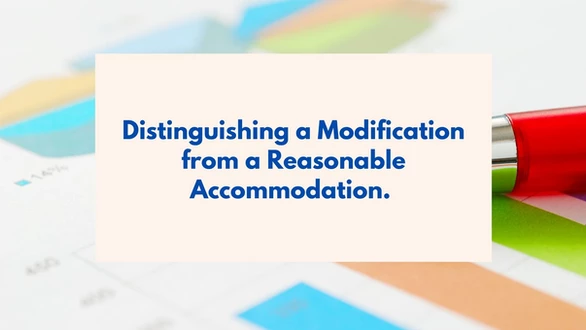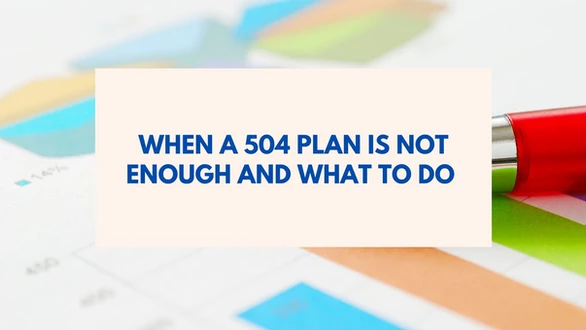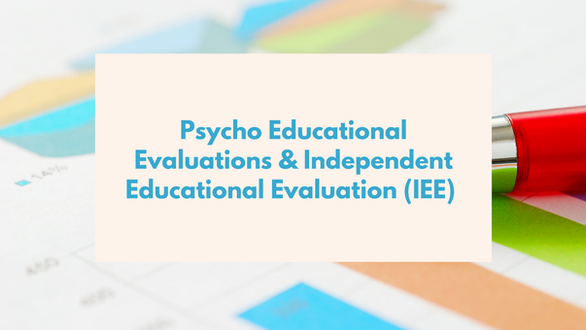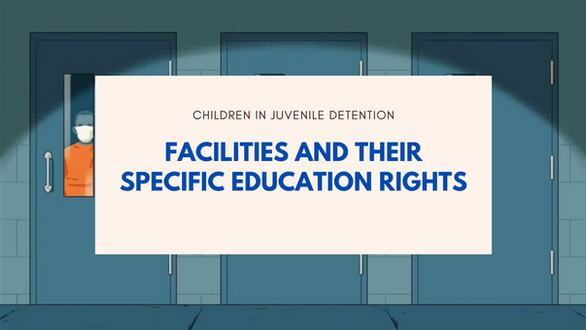At a time when schools are closed due to COVID-19, many parents are juggling work, finances, child care and distance learning. It’s a lot to manage. Although technology evolution now allows many things we haven’t believed possible, the shift to e-learning doesn’t go as smoothly as we want it to be.
For parents of, and children with disabilities, some unique challenges have emerged. That’s why we are about to research and discuss the most common virtual learning challenges and the possible ways of addressing them.
SUDDEN TRANSITION
One of the biggest challenges facing students in general is the abrupt transition to online learning. Using technology to teach and support students with disabilities is not new to special education teachers, however, the recent abrupt transition to distance learning goes far outside the typical use of technology, as teachers are not physically able to support and engage students with the technology. To help students adjust, it is recommended that teachers should use the same software and routines that their students are familiar with as much as possible.
Gadgets shortage
Not every student & teacher has a personal gadget to use for online learning. Many of them are supposed to share the laptops and computers with their parents, sisters/ brothers to stay on track.
Teachers and students have been mostly given a laptop to use during the quarantine, and no strict time frames are defined for having the assignments done (in case the families should share the gadgets). Following the lead of some countries, lectures may be appearing on TV to make it accessible to a wider audience.
STAYING ENGAGED
Special education teachers will also find student engagement to be a particular challenge. While in the classroom, teachers can adjust instruction on the fly thanks to student feedback. In distance learning, however, it becomes more difficult for teachers to know how and when to adjust learning.
Because of this, it might be necessary for teachers to create an “authentic way to assess student learning and engagement in a distance learning setting.” Something as simple as a daily or weekly check-in sheet can provide feedback to ensure that students stay engaged. This check-in sheet should be accessible by both students and their parents or caregivers. That way, teachers can query both students and their parent/caregiver to find out what the student likes or dislikes about distance learning, any problems they are encountering, what they miss about their classroom, and any other topic that keeps the student engaged.
A check-in form does not have to be elaborate. In fact, I recommend using something as simple as Google Forms, particularly because teachers can create surveys, vary response options, and modify questions easily.
INEXPERIENCED PARENTS
Although parents are the best experts on their children, they are not teachers, they are not prepared for delivering instruction using evidence-based practices. The transition from being a parent to being both a parent and teacher is not an easy one. Further complicating the issue is that many special education teachers are not experts in coaching others, especially at a distance, to implement the strategies they know work best to teach their students. No one expects parents to suddenly become expert teachers.
As a workaround, teachers can create a number of short videos on the topic of math education that may help parents and teachers alike navigate the challenge of distance learning.
STUDENTS WITH EXTENSIVE SUPPORT NEEDS
While all students will need help during the coronavirus pandemic, students with extensive support needs should be especially considered. Students with extensive support needs include individuals with autism, intellectual disabilities or multiple disabilities. Because many of these students have complex communication needs and are not able to talk, their teachers rely on visual supports and providing choices for responding, which is difficult to replicate in an online format.
For instance, the deaf and hard of hearing students were taken from their offline classes with interpreters and put home with poor ability to adjust the remote learning to their needs as well as amplify these adjustments. Provided that online learning is already a kind of challenge for the students, those deaf or hard of hearing will be facing a double problem, multiplying the chances of falling behind. As a workaroumd, students can be provided with the lesson script, typically made by teachers as supportive material for each lesson. Video transcription is another way to reach out to the deaf or hard of hearing students, automating the process by using voice-to-text applications. Another idea is to choose the motion-picture based material for the lessons, which will keep all students more engaged. Finally, AI-powered personal assistants may become real helpers teaching the students with special needs.
PEER CONNECTIONS MATTER
Connections with peers are also crucial for students. Building and maintaining friendships is not always easy for students with disabilities. Many students rely on school-based networks for friendship and may not have these connections in their neighbourhoods, particularly if they haven’t been in an inclusive environment at school.
Some community groups have come up with creative solutions to virtually connect students. As one example, the Special Friends Network, a grassroots organization operating in the Halton region of Ontario, Canada, has organized Zoom sessions where youth with all types of disabilities can chat, play games, create art work and take part in talent shows. Schools and nother interest groups can equally emulate this.
IEP PROGRESS AND GOALS DURING THE PANDEMIC
With schools closed across the country, delivering services for students with disabilities has been a pressing and ongoing issue. Compliance with IEPs is a particular concern, as schools are required by federal law to deliver services in alignment with each student’s IEP.
The United States Department of Education (DOE) has issued multiple guidance documents: These federal guidance are clear that the national health crisis does not abridge the rights of students with disabilities to a Free Appropriate Public Education (FAPE) and equal opportunity to educational services as their non-disabled peers, as required under the Individuals with Disabilities Education Act (IDEA), Section 504 of the Rehabilitation Act (Section 504), and Title II of the Americans with Disabilities Act (ADA). The DOE new guidance also grants schools, teachers, and specialists unprecedented flexibility in adhering to students’ IEPs in March. During this time, IEP Progress and Goals remain the same. Children are still required to make meaningful progress. However workarounds and different methodologies may be used by teachers.
The guidance also recognizes that during these exceptional times, a FAPE must be provided consistent with the need to protect the health and safety of students with disabilities and those individuals providing education services to these students. However, many disability-related modifications and services may be effectively provided through alternative delivery options, such as distance technology, which comply with the directives of health and governmental officials related to the steps necessary to keep students and school staff healthy.
CONCLUSION
Given the human supports required by many students with disabilities in order to flourish socially, emotionally and academically, a collaborative team approach should be typically adopted when children need special education services, with students, parents, teachers, educational assistants and other school and community-based staff working together to plan and implement programming. It’s also important for schools to provide the right types and amounts of distance learning opportunities and supports.










